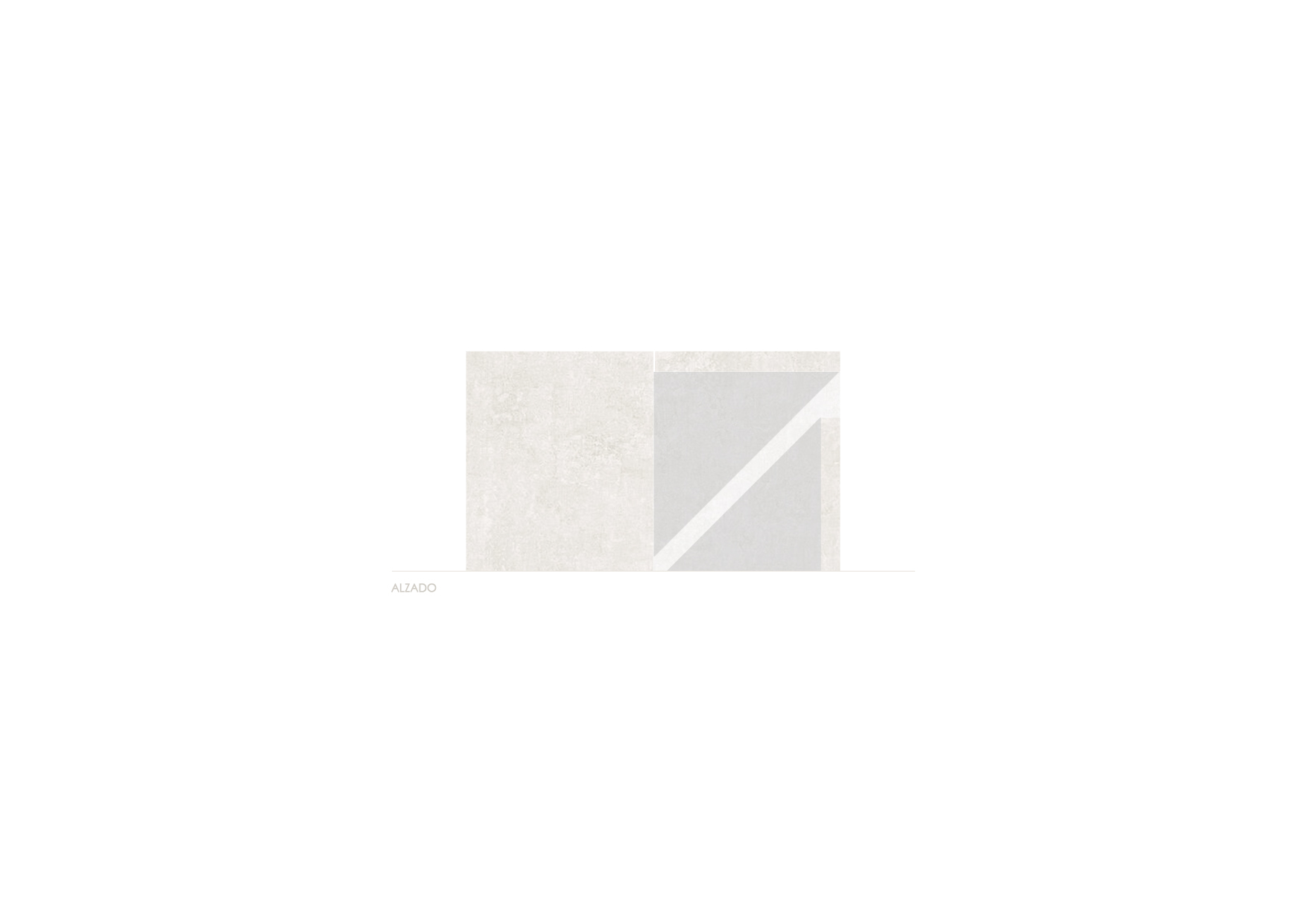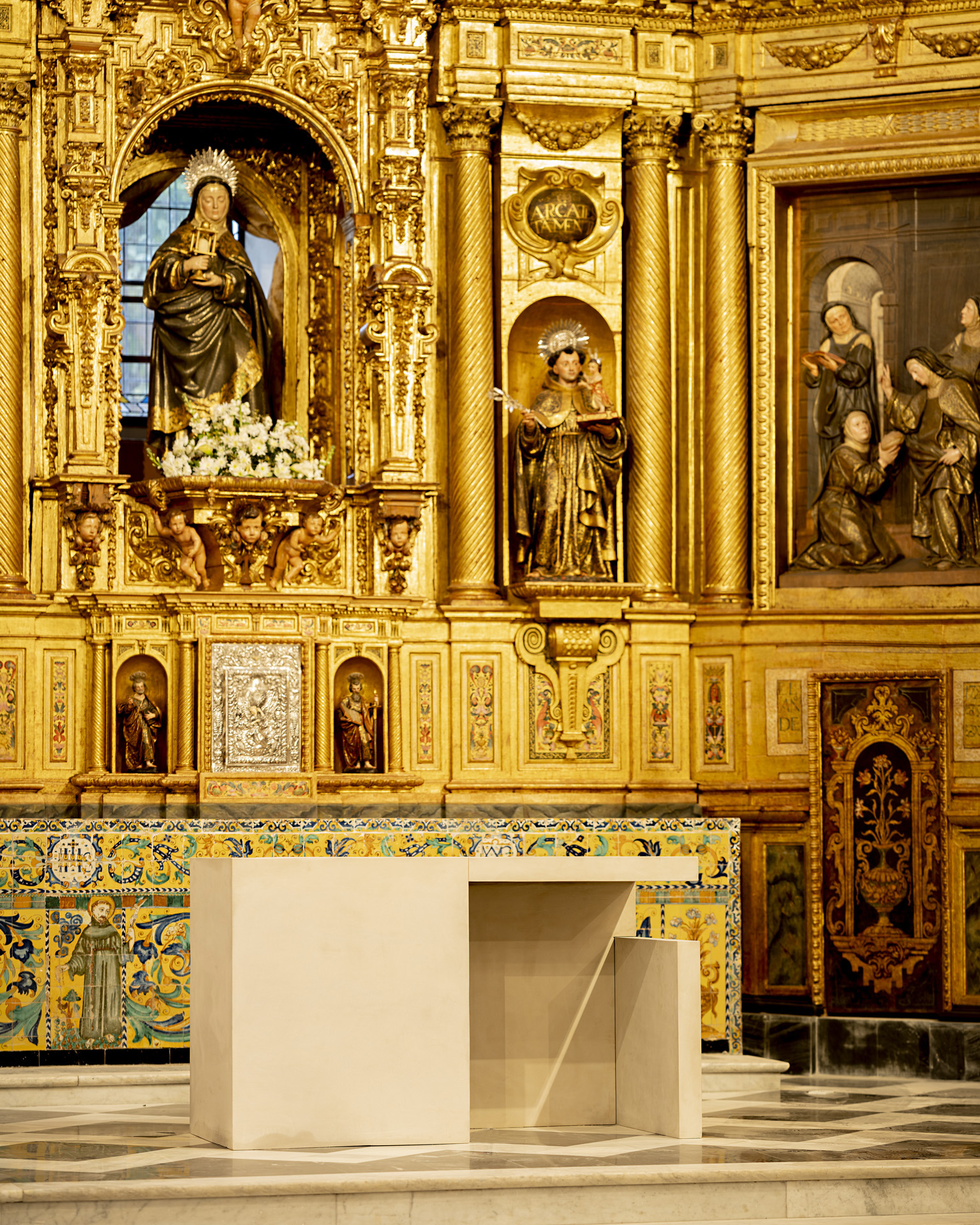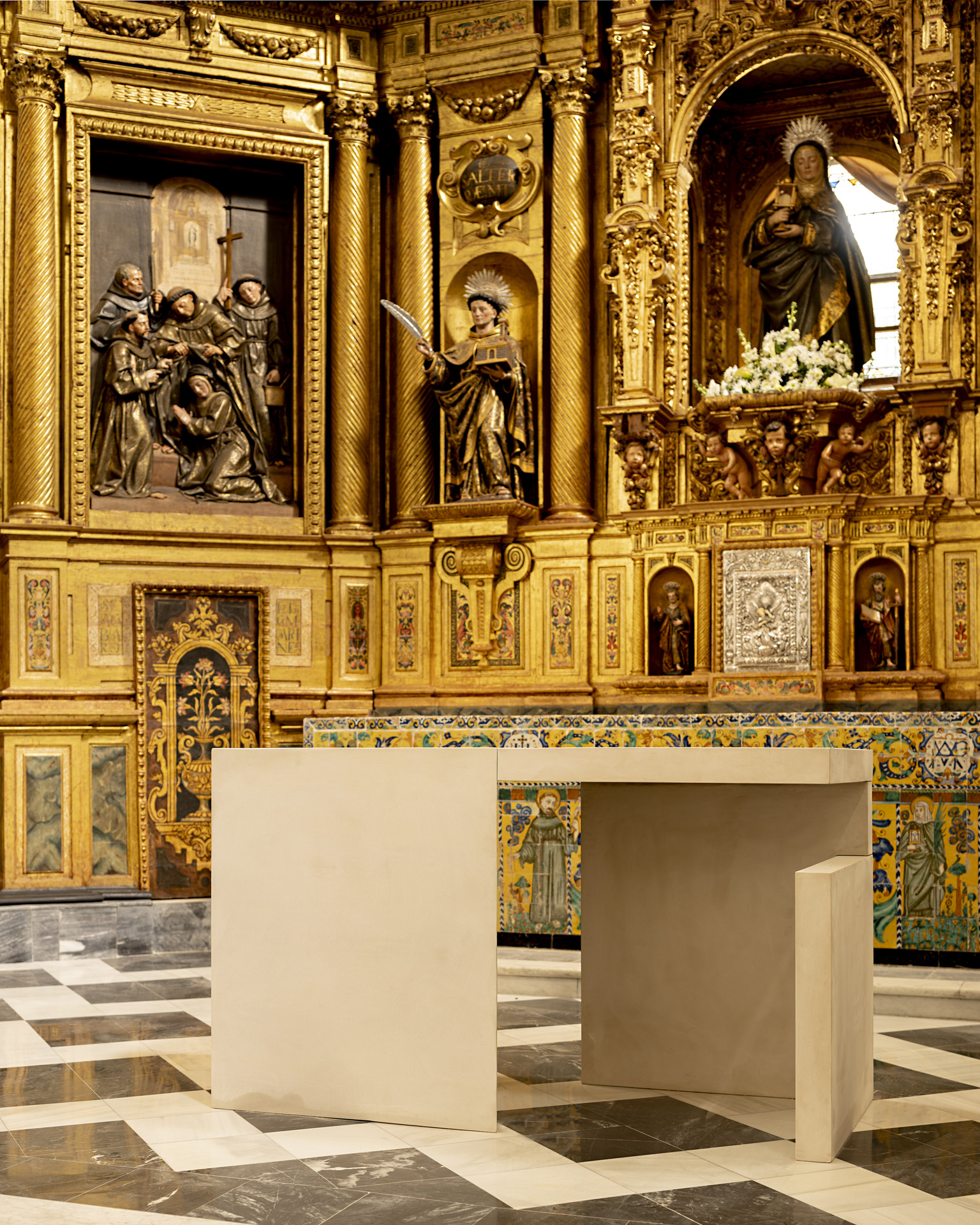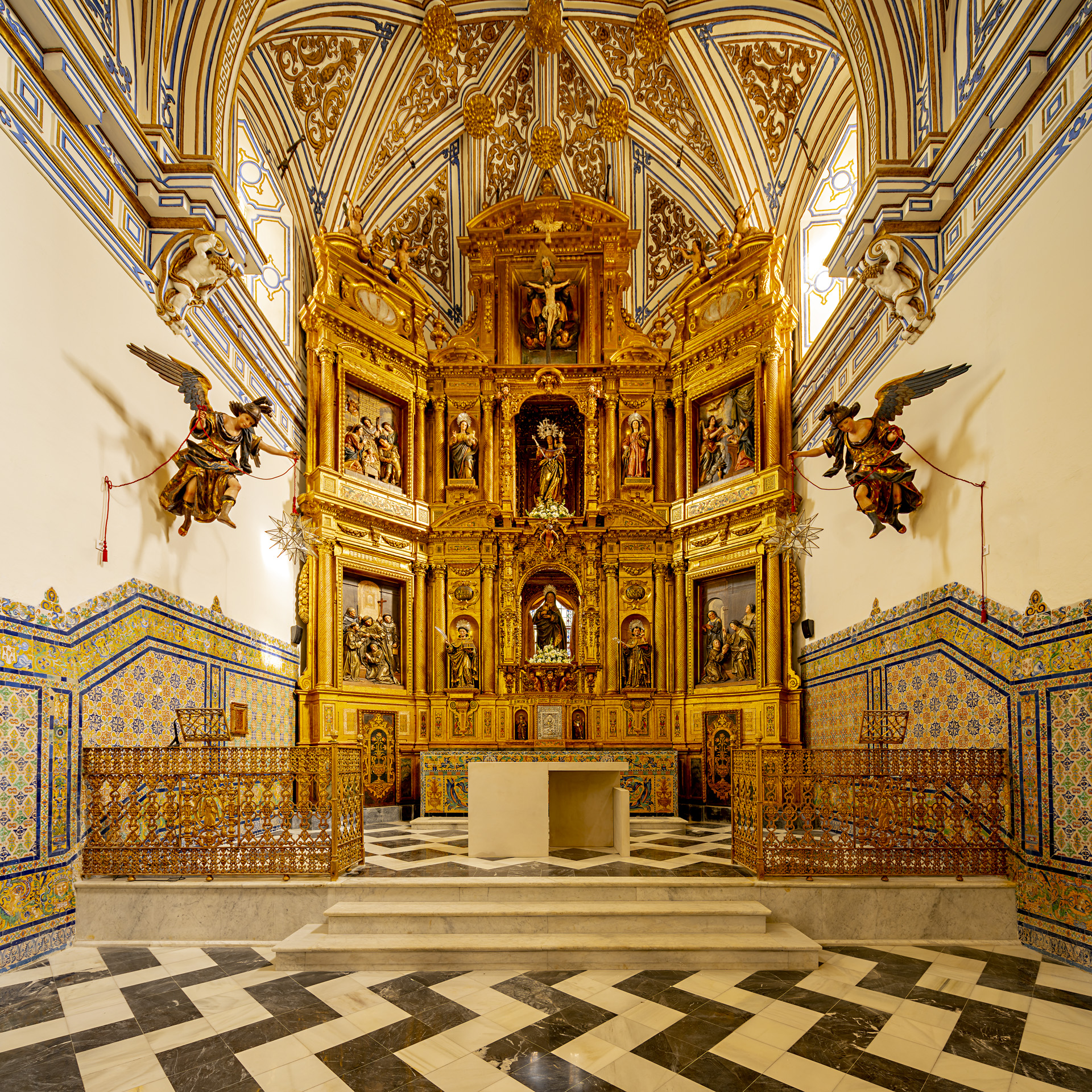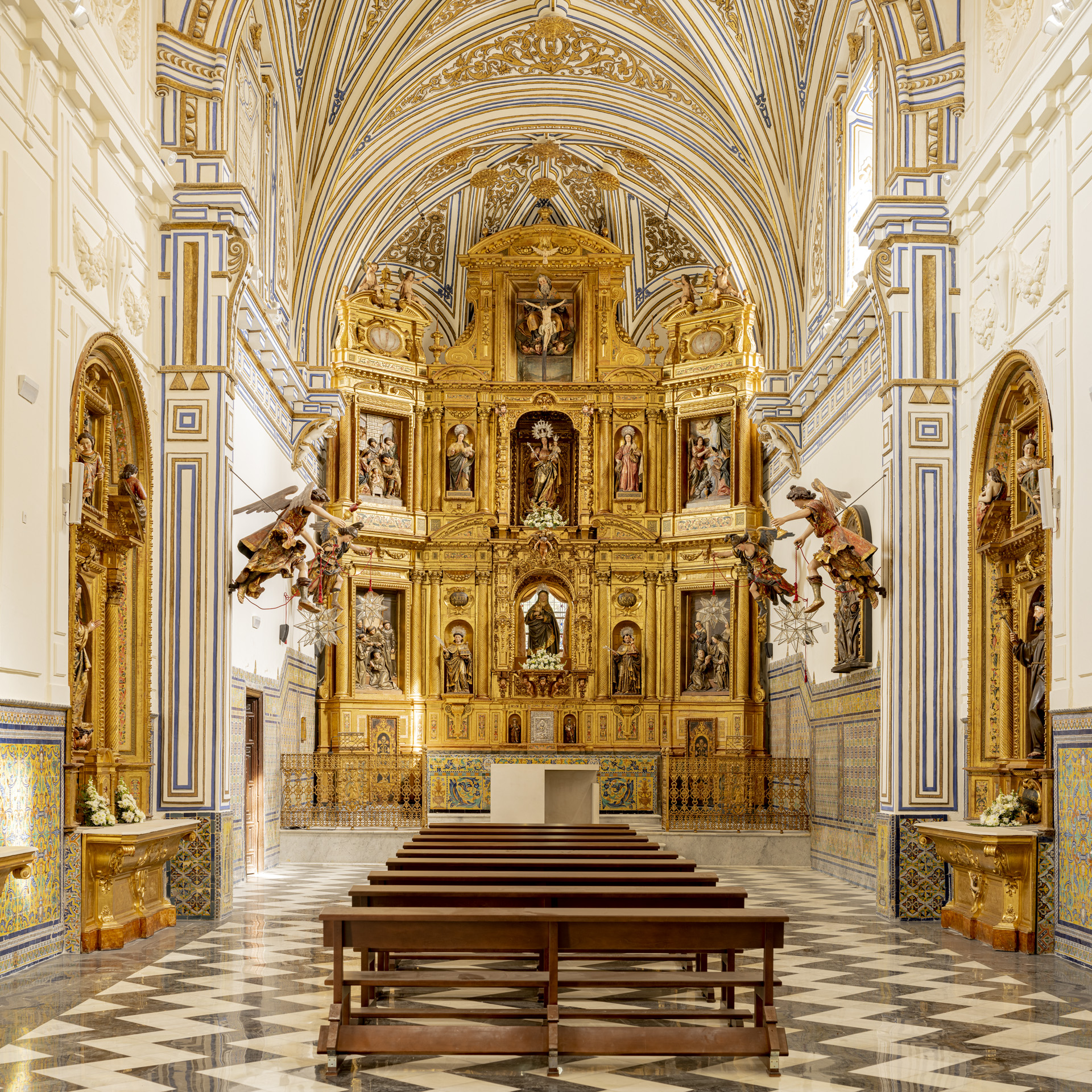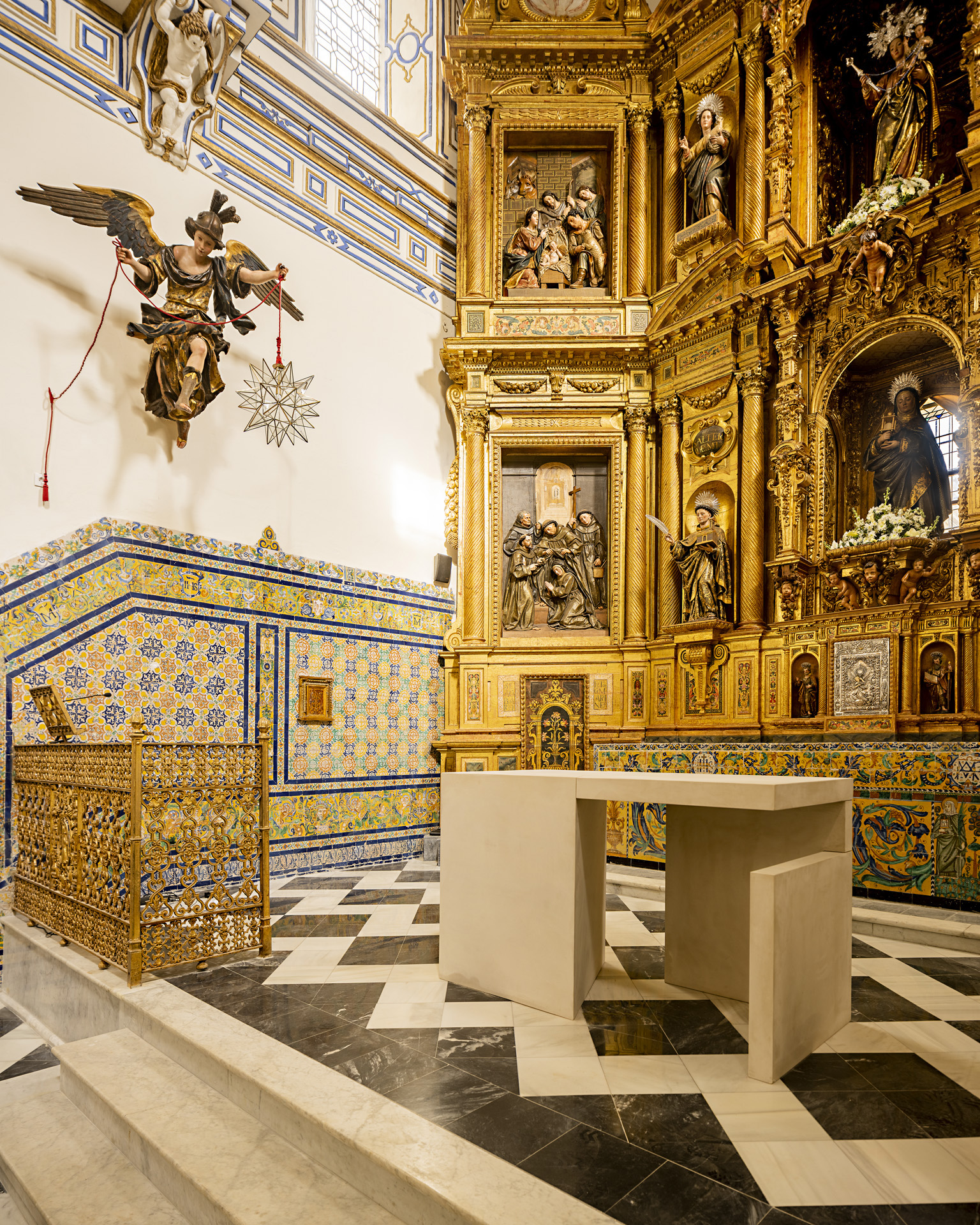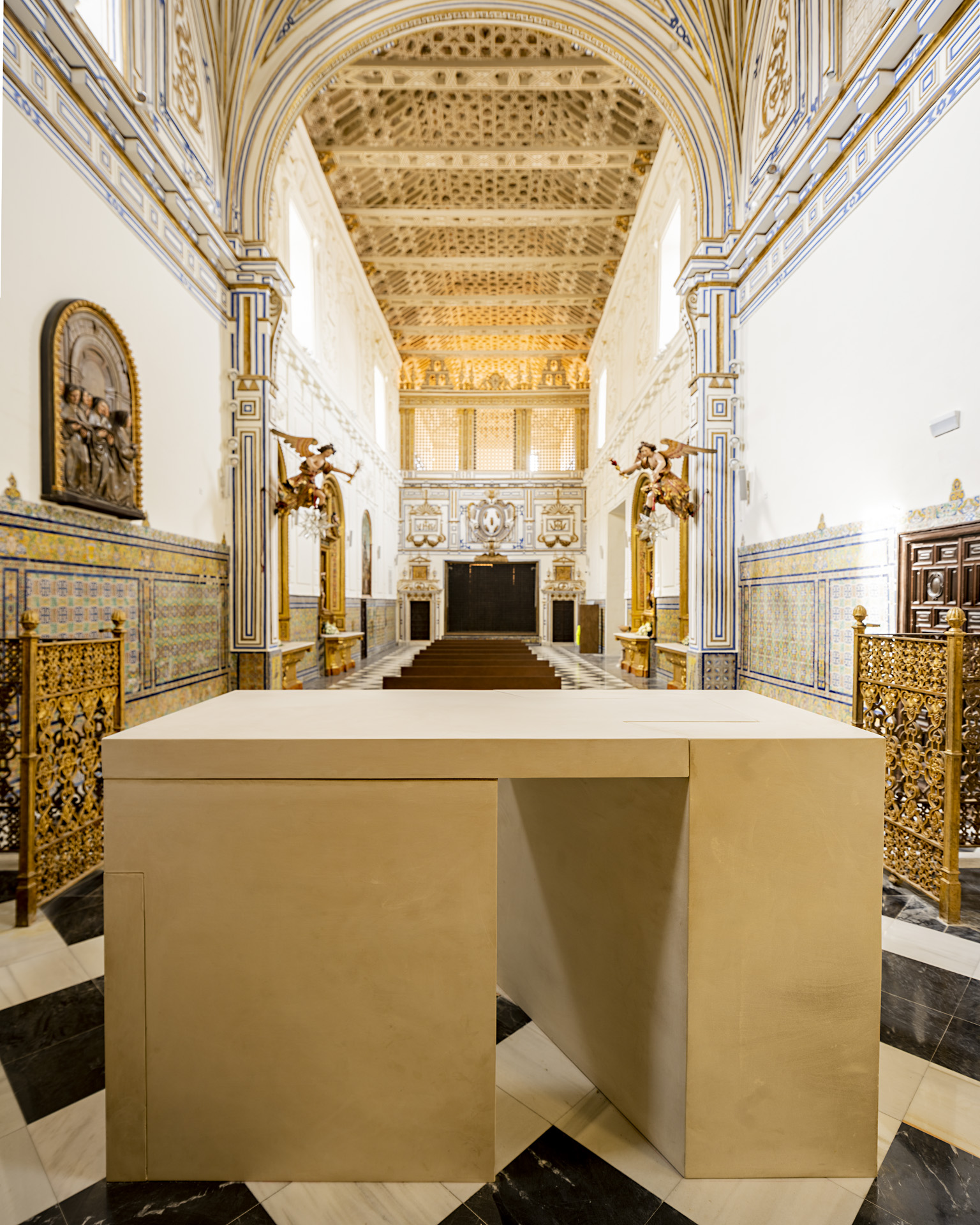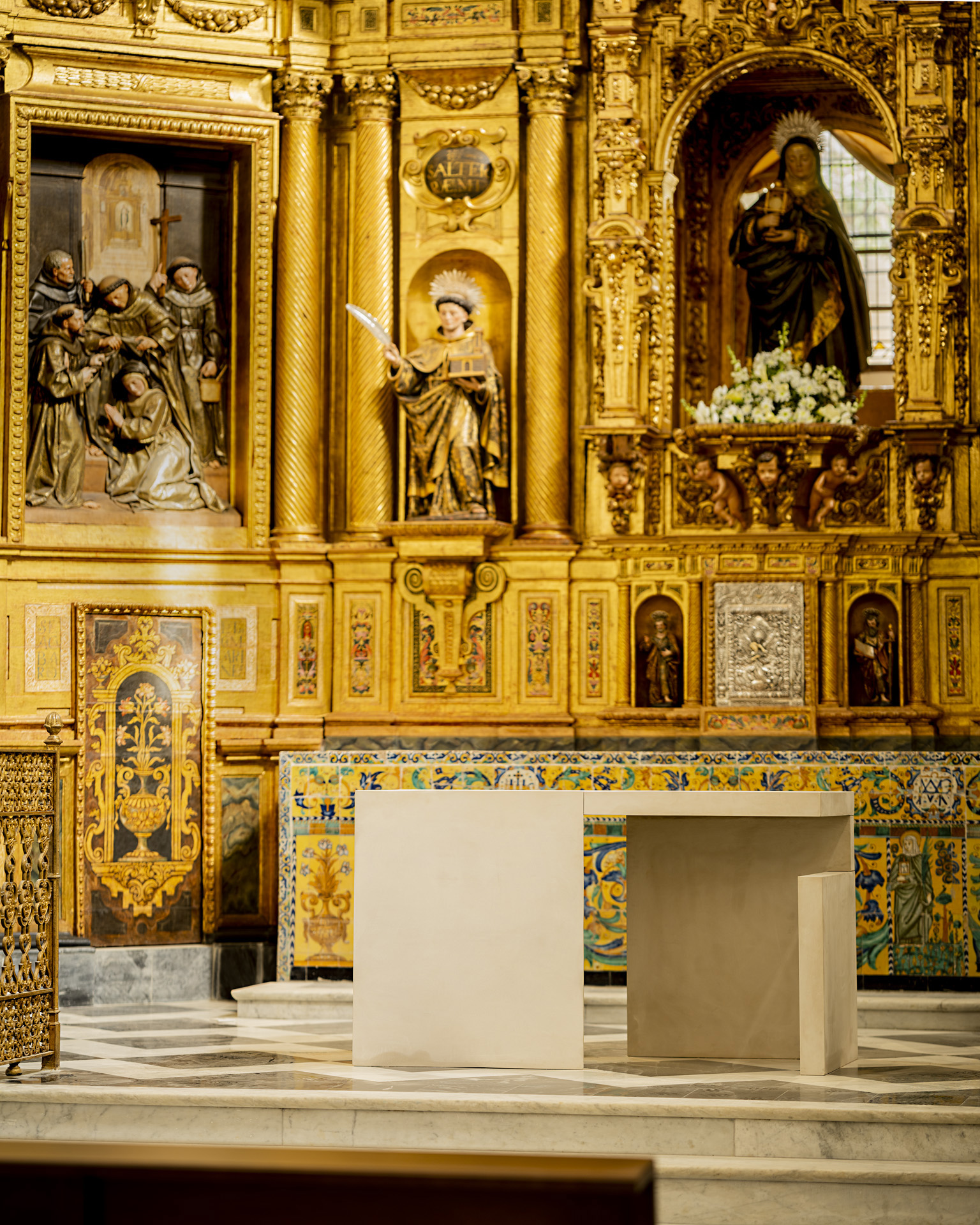Year of construction: 2023
Year of project: 2023
State: Built
Location: Santa Clara street, 40.
Promoter: Archidiócesis de Sevilla
Architect: Pablo M. Millán Millán, Antonio Rodríguez Babía, presbyter.
Contributors: Francisco Aguilar (Stonemason); David Vera García (Architect); Antonio Huertas Berro (Architect); Carmen Suárez Cortés (Architect)
Photographer: Javier Callejas Sevilla
Dialogue with heritage
In the Constitution Sacrosanctum Concilium we can read: «The Church never considered any artistic style as its own, but, adapting itself to the character and conditions of the peoples and the needs of the various rites, accepted the forms of each time, creating in the course of the years centuries an artistic treasure worthy of being carefully preserved. The art of our time, and that of all peoples and regions, must also be exercised freely in the Church» (123). And he adds that more should be sought “a noble beauty than mere sumptuousness” (124).
With these words, the Church officially welcomed contemporary art and opened up to its use in liturgy and places of worship, as it had always done. More recently, Pope Francis has invited the Church on several occasions to courageously “welcome new forms of art”, allowing herself to be carried away by the Holy Spirit who makes everything new: “the Church must promote the use of art in its task of evangelization, looking at the past, but also at so many new forms of expression today. We must not be afraid of finding and using new symbols, new art forms, new languages.
A stone altar
The altar table is an architectural element, not a furniture element, and that is why the General Instruction of the Roman Missal advises that “in accordance with the traditional practice of the Church and with what the altar means, the table of a fixed altar it must be made of stone and indeed of natural stone.” Likewise, and in this sense, the Enchiridion of the Cultural Patrimony of the Church affirms that “the material of the fixed altar is, above all, the block of natural stone” (1926); That is why, following this criterion, we have searched for a stone block, with practically hardly any carving, with no physical or chemical element of union. The altar is configured with four pieces of sandstone, four solid blocks of the simplest stone that nature gives. In this way it does not come into conflict with other stone elements located in the church of Santa Clara.
A poor altar
The Privilegium Paupertatis bears witness to the search for strict poverty of Saint Clare, a woman who lived the charism of Saint Francis to the extreme, inadvertently founding the Order of the Poor Sisters (OSC), known as Poor Clares. Already in the Constitutions of the Chapter of the Order of the Friars Minor held in Narbonne in the year 1260, it is defined how the elements that make up Franciscan art and architecture must be, articulated through “natural, clean and naked” elements. From there began the search for the simplest material that nature gives us, a “field” sandstone, cut, without any carving and that sits bare on the pavement, just as the brother of Assisi wanted to be in his last years days, when “he asks to be laid naked on the ground and, covering the sore on his side with his hand, he exclaims: “Brothers, I have finished my task. Christ teach you yours” » (from the Transit of San Francisco).

